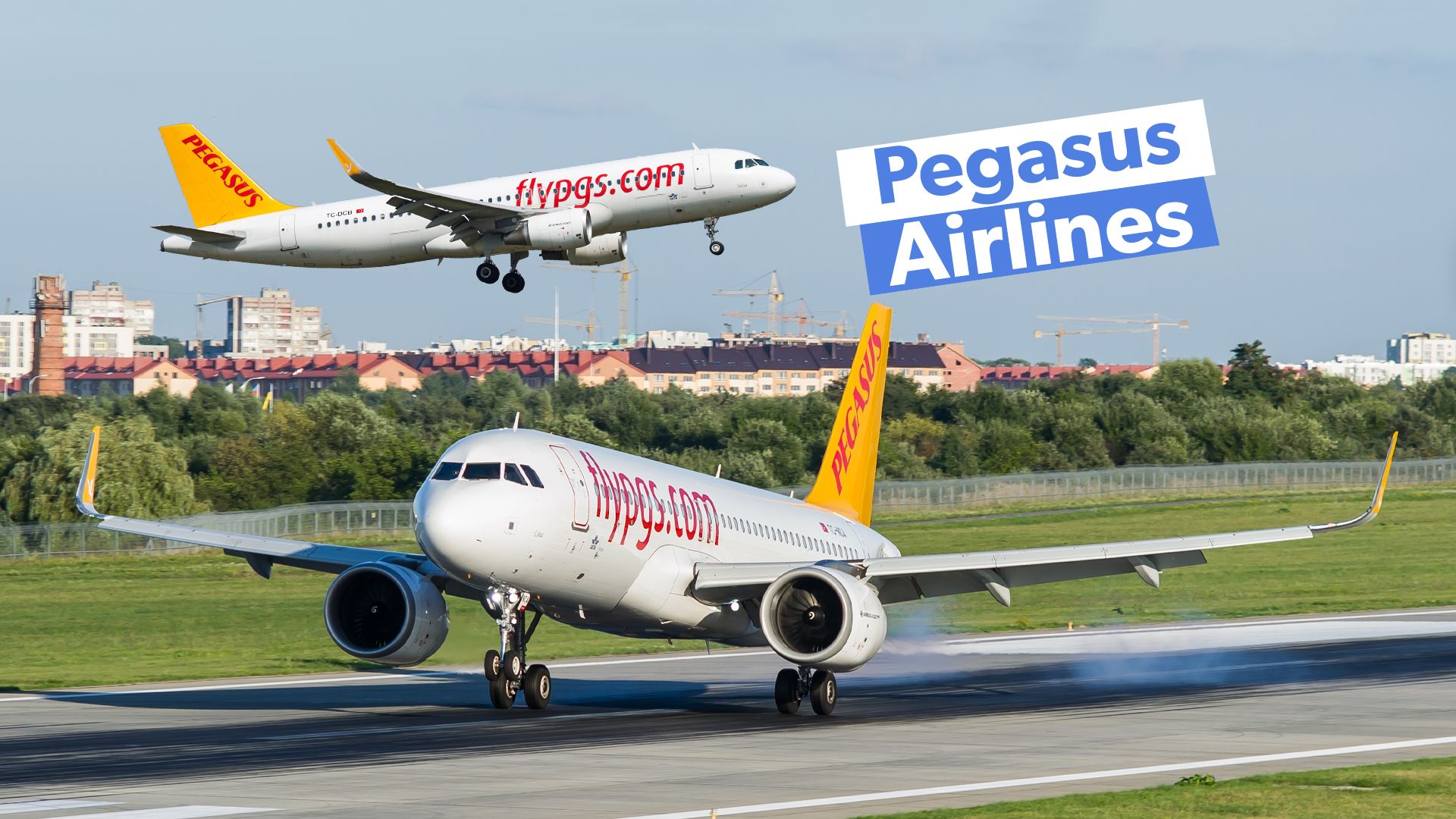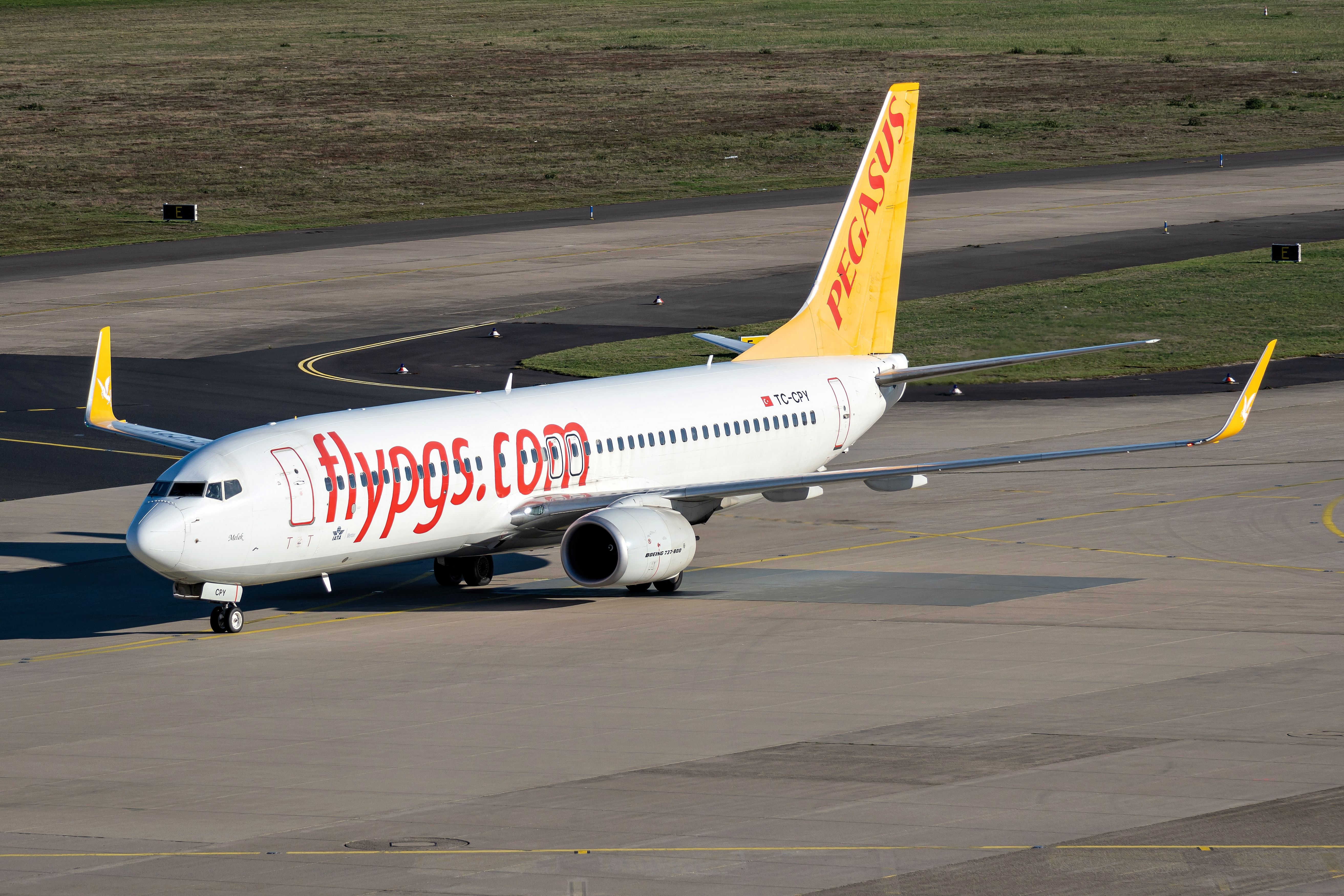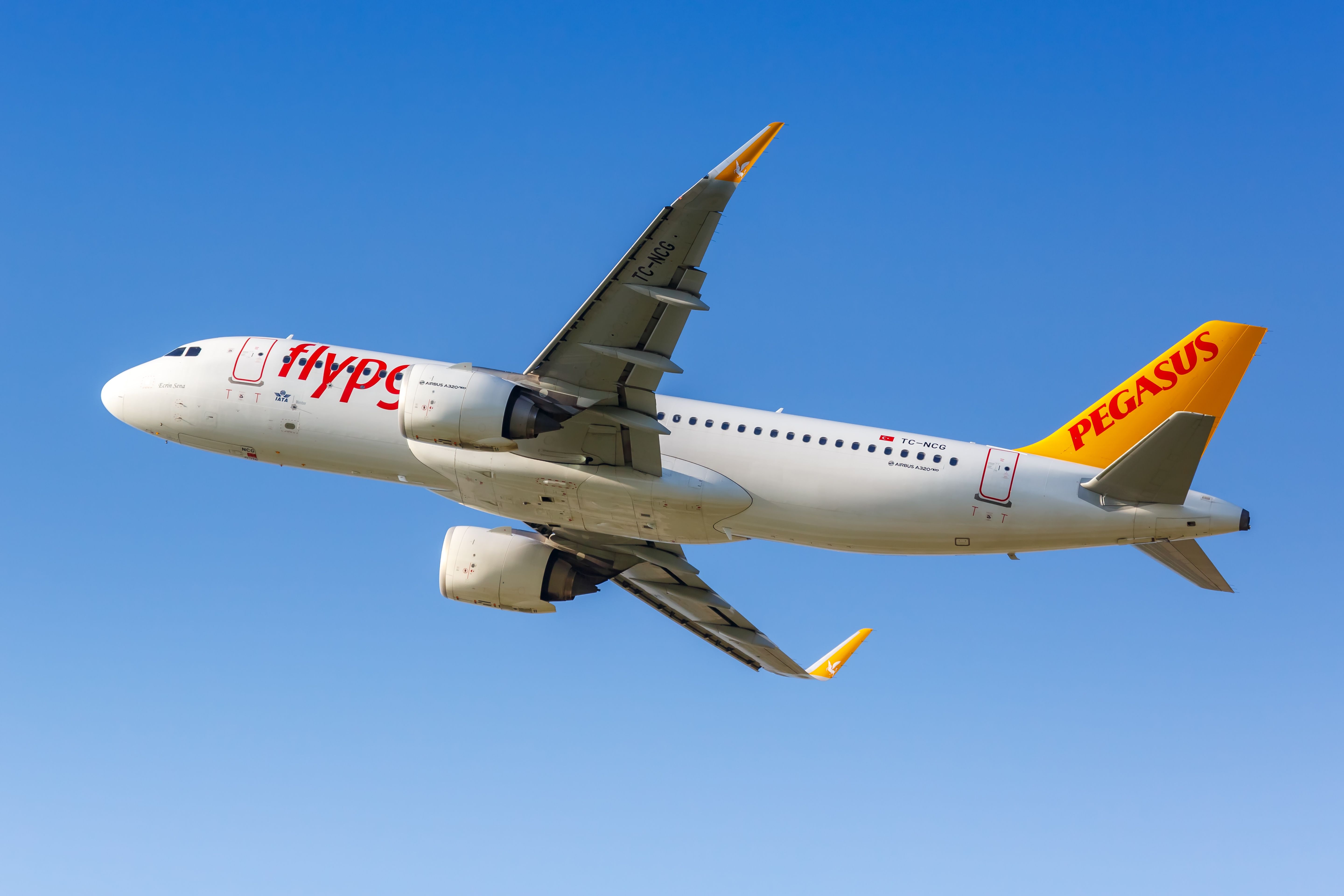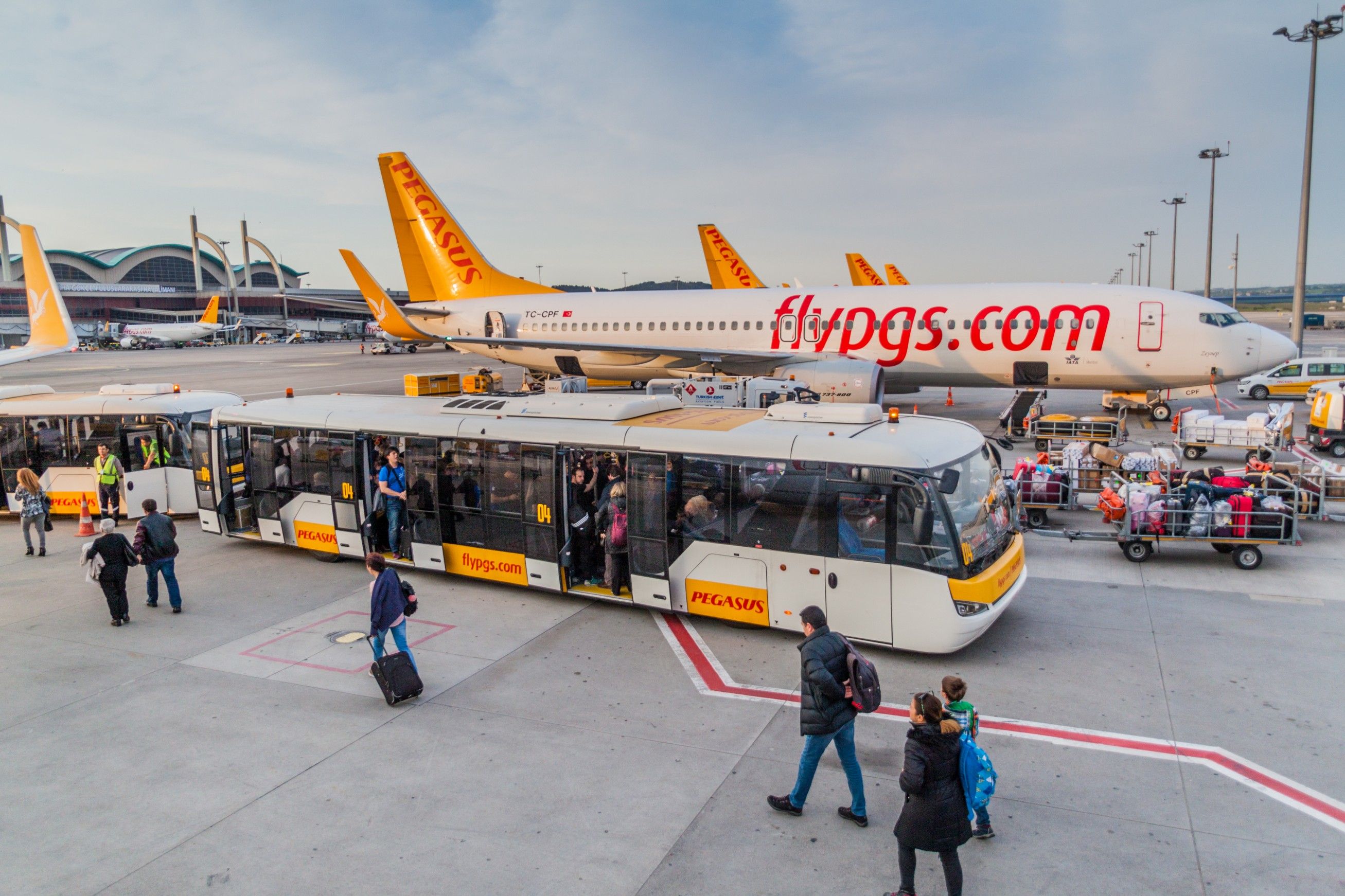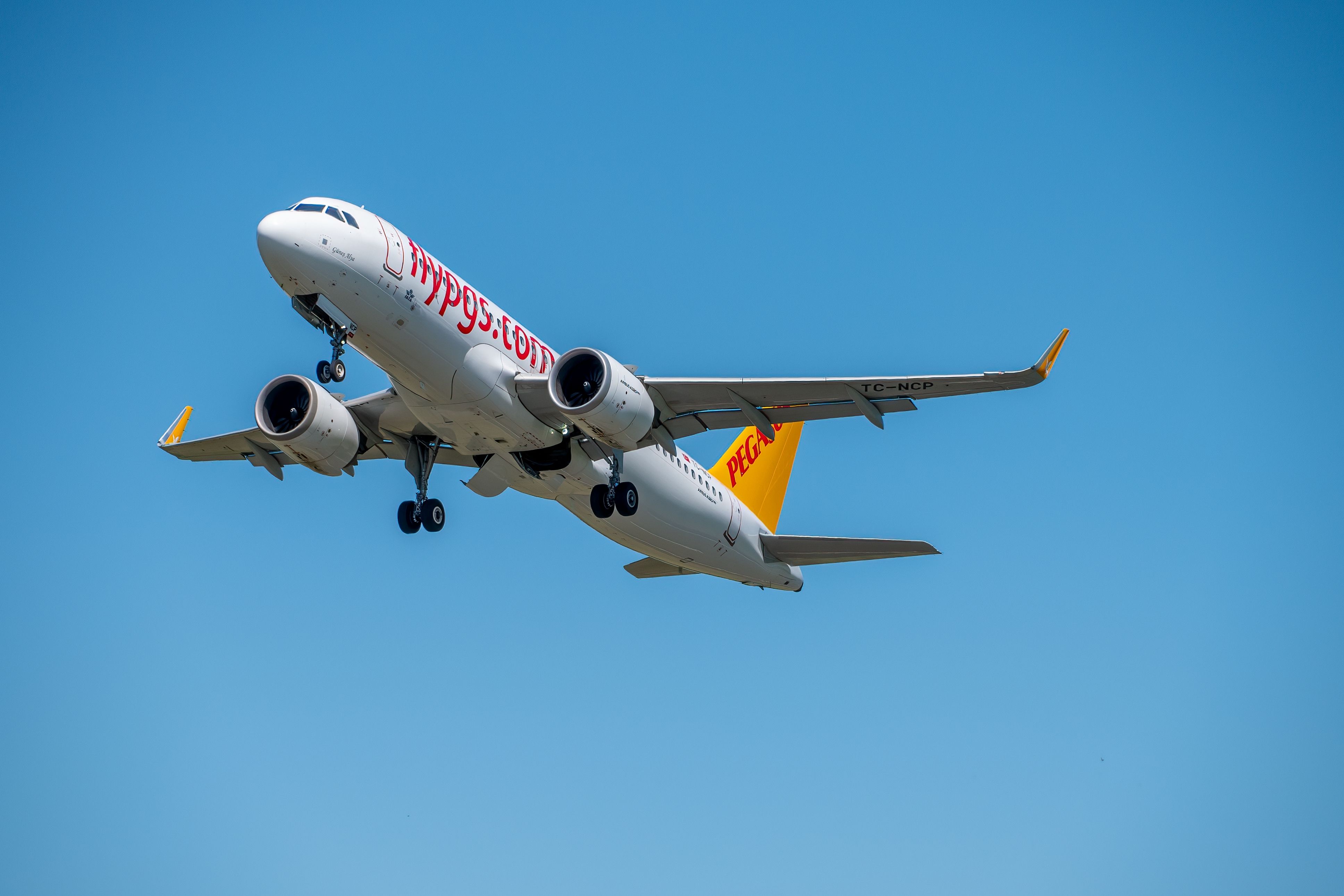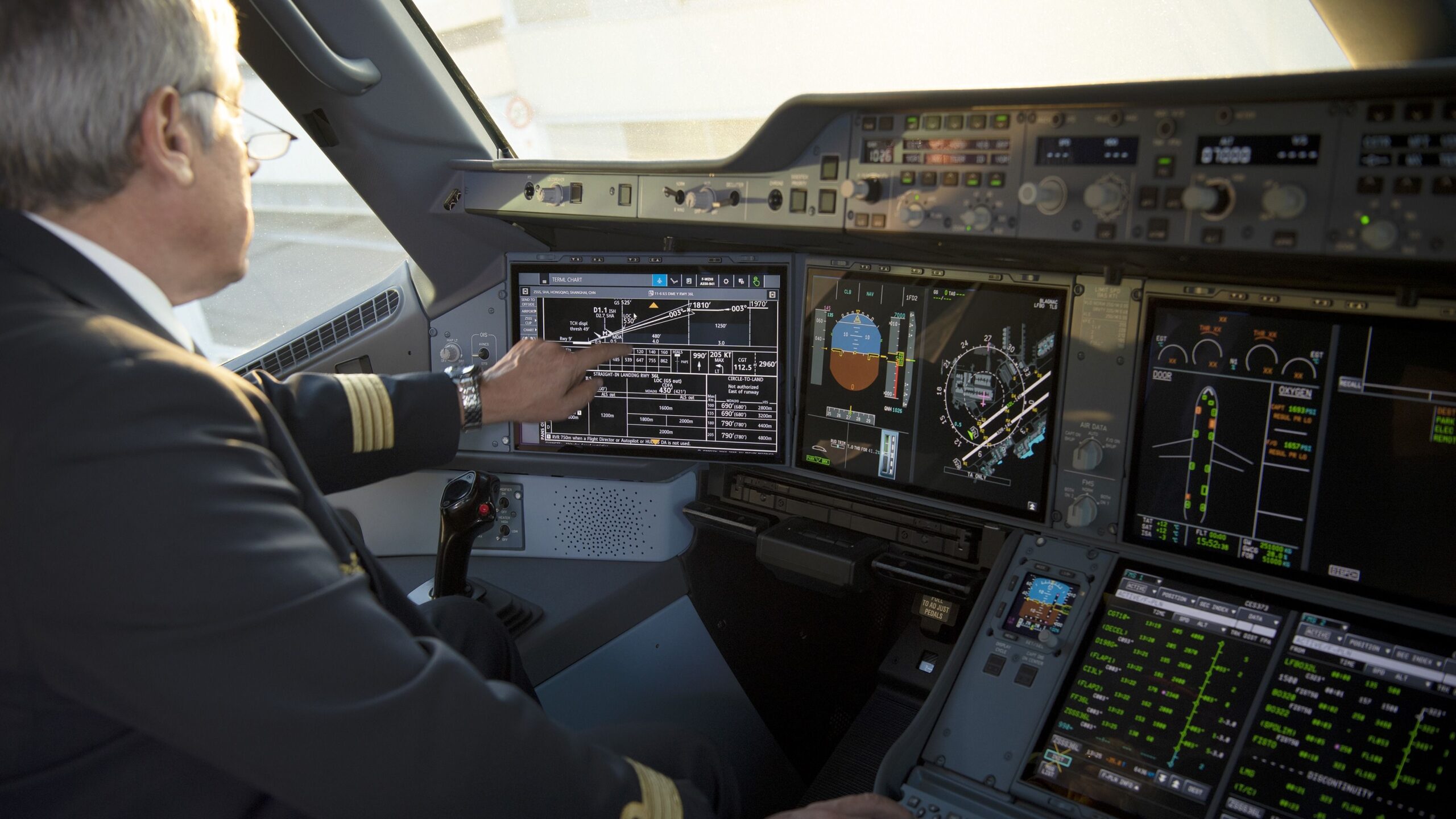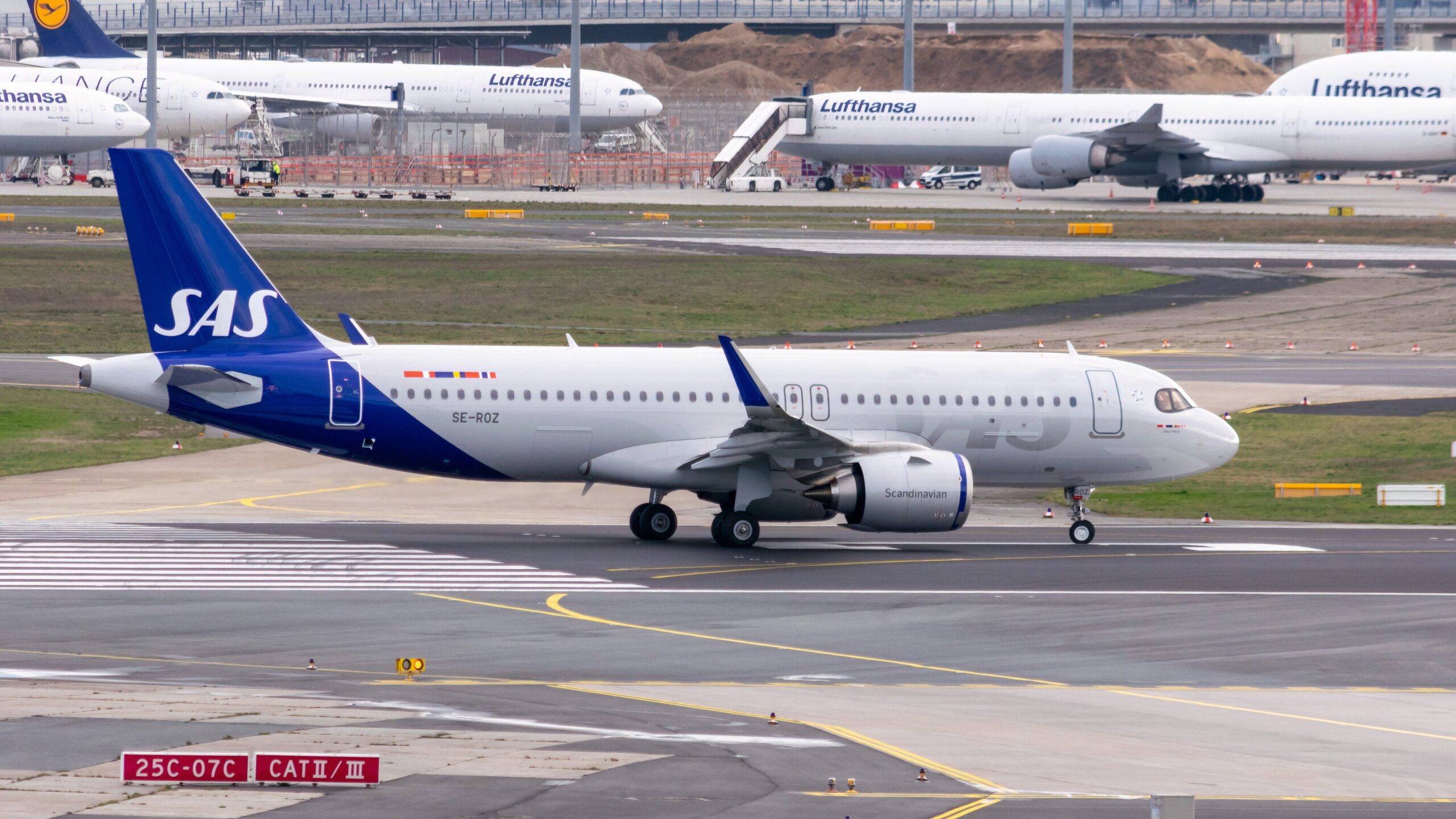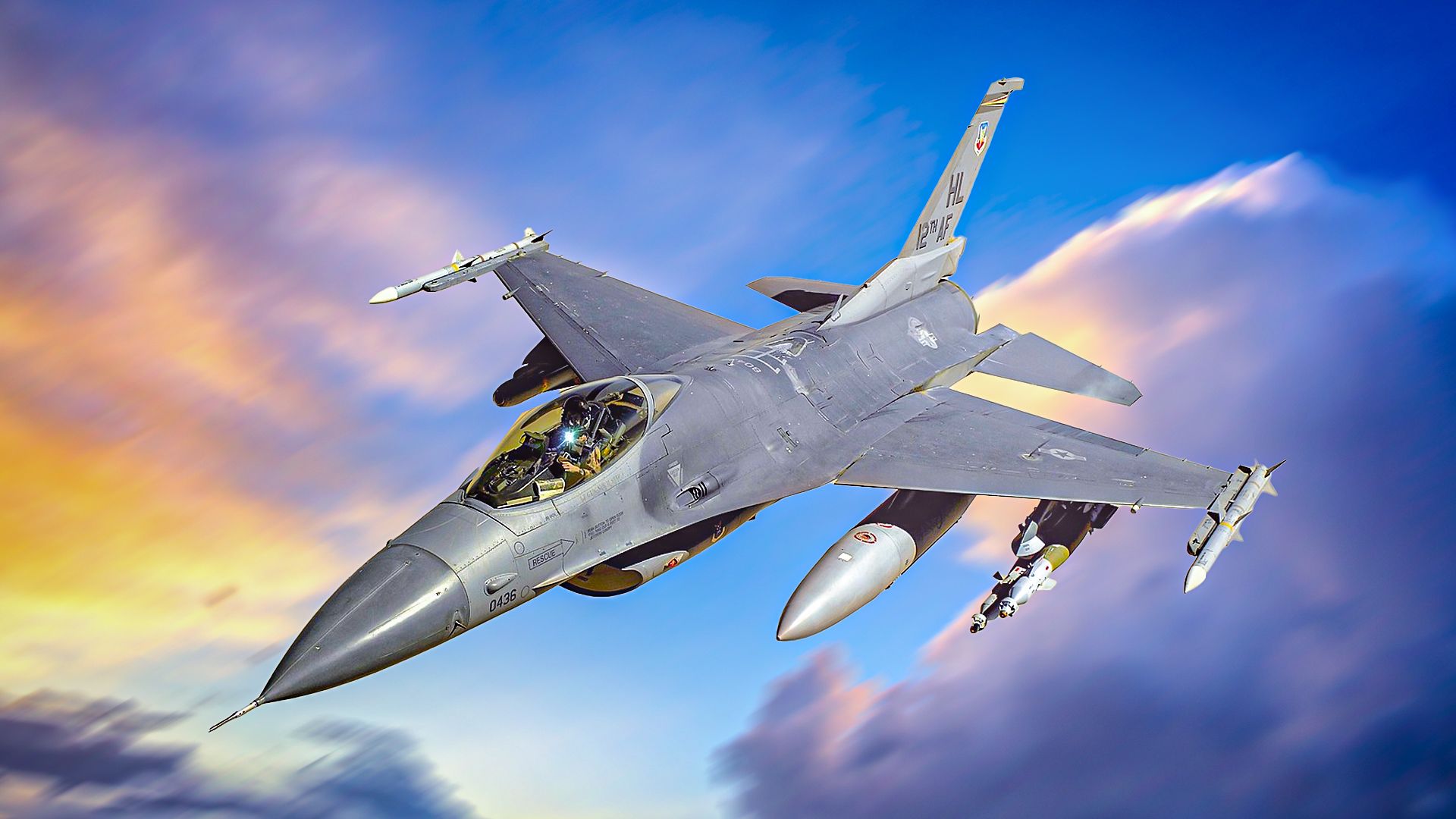Europe has become known over the past few decades for being a hotspot for budget airline growth and expansion, with carriers like Ryanair, Wizz Air, and easyJet taking the continent by storm. It is now easier than ever to travel across Europe for vacation, booking tickets for as little as ten Euros between the continent’s major hubs and political centers.
European low-cost airlines have, for decades, thrived off of a unique condition within the European Union’s laws which created a single aviation market. Any carrier registered within the EU can now operate any kind of flight that arrives or departs from a city within the region.
As a result, the many popular tourist destinations within Turkey, such as the cultural centers of Istanbul and Ankara alongside the coastal cities of Antalya and Bodrum, have been easier than ever to reach by plane for those traveling from the EU. These budget airlines, however, cannot operate flights within Turkey, or from Turkish cities to destinations outside the European Union.

As a result, the market was ripe in the early 1990s for a new low-cost carrier to take hold in the Turkish market, one that would be exclusively focused on flights within Turkey and from the nation to foreign destinations. Let’s take a deeper look at Pegasus Airlines
and five key moments within the airline’s 33-year operational history.
1
The company’s foundation
Date: October 1st 1989
The story of Pegasus Airlines began back in 1989, when a pair of businesses, Turkish companies Net and Silkar, decided to collaborate with Irish flag carrier Aer Lingus to create an all-inclusive charter airline. Named after the legendary Greek hero Pegasus, the winged horse borne by the sea god Poseidon, the airline has maintained a strong identity, one that connects to the history of the region and the ancient cultures that once thrived there.
Although archaeological sites in Greece often draw larger tourist crowds, those in Turkey are also impressive in magnitude and attract scholars, adventurers, and lovers of antiquity alike.
The two companies came to Aer Lingus for a vision, one that would capitalize on the newly thriving Turkish middle class’s extensive desire to travel. The carriers believed that by joining forces they could create a popular holiday airline to which passengers would keep returning. The carrier they created went on to be one of the most successful non-state-owned airlines in Turkish history, with shares trading on the Istanbul Stock Exchange and over 6 billion Euros in total assets.
2
Commencing commercial services
Date: April 15th, 1990
Pegasus Airlines was not one of those carriers which took years to get off the ground. Within just a few short months of launch, the airline had decided it was time to commence commercial services, operating a pair of flights with Boeing 737-400 aircraft. The aircraft’s choice to launch services around this time could not have proven a worse decision, with the invasion of Kuwait by Iraq and the subsequent intervention that followed significantly decreasing tourism traffic in the region.
Photo: Bjoern Wylezich | Shutterstock
Nonetheless, when the Gulf War had come to an end, the airline was back on track and acquired a third Boeing 737-400 in 1992 to meet surging passenger demand. By the time the summer was over that year, the carrier had already leased an additional two Airbus A320 aircraft, bringing the total size of the fleet to five. This began the carrier’s fascination with the A320 family, one which would continue to this day.
3
The beginning of what would be a long fleet expansion
Date: September 4th, 1997
Photo: Markus Mainka | Shutterstock
Pegasus Airlines soon became a fully-registered Turkish company, when Aer Lingus and founding firm Net both sold their shares to Yapi Kredi, an Istanbul-based commercial bank that remains one of the country’s most important. Under this new ownership scheme, the company ordered an additional 737-400 and a single 737-800, making the carrier the first Turkish airline to order the next-generation narrowbody. The airline then went on to lease an additional 10 737-800 aircraft from the International Lease Finance Corporation. Today, the Pegasus fleet consists of 110 jets, and the airline operates all the following models:
|
Aircraft type: |
Number in the Pegasus Airlines fleet: |
|---|---|
|
Airbus A320-200 |
6 |
|
Airbus A320neo |
46 |
|
Airbus A321neo |
49 |
|
Boeing 737-800 |
9 |
4
Another shift towards new management
Date: January 2005
Photo: Matyas Rehak | Shutterstock
Eventually, ESAS Holdings would go on to acquire the carrier, and Ali Sabanci would soon become the company’s chairman. The airline soon began to expand its route maps by adding new destinations and added orders for 12 Boeing 737-800 narrowbody jets. According to airline financial documents, the carrier had grown to become one of Turkey’s most important airlines, with the following domestic market shares that have grown rapidly over time:
|
Year: |
Pegasus Airlines domestic market share: |
|---|---|
|
2007 |
15% |
|
2013 |
27% |
5
Initial public offering and drive to maturity
Date: April 26th, 2013
Photo: Craig Russell | Shutterstock
Following a November 2011 takeover of an airline called Air Berlin Turkey, Pegasus soon decided to become a public company, offering 34.5% of the company’s equity to public shareholders. In the years after this initial public offering (IPO), the carrier would go on to place additional orders for aircraft like the 737-900 and continue to double down on the A320neo family. A couple of interesting events that have occurred for the company in the past decade include:
- The airline announced that it had reduced capacity and placed one of its aircraft back on the leasing market amid lower passenger numbers in 2013
- Pegasus attempted to order an Airbus A380 in 2018, but later canceled this order
- The carrier transported an impressive 30 million passengers in 2019

